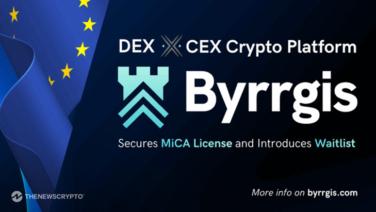To deploy its proprietary “holographic” bridging solution, which smoothly beams tokens over blockchains with complete data integrity, including permanent smart contract addresses and token IDs, Holograph, the omnichain interoperability protocol for minting and bridging non-fungible tokens (NFTs), is teaming with LayerZero.
Old-fashioned bridging techniques for NFTs produce “multichain NFTs.” When an NFT is bridged from one chain to another, the token is locked on the origin chain, and a whole new NFT is produced on the destination chain. When the original NFT is “wrapped” in a separate contract address and token ID, it’s like a photocopy of the original artwork. Another synthetic NFT would be formed if the wrapped NFT was transported to a third blockchain via a different bridge. Because they breach their non-fungible features, these NFTs make it challenging to track who owns what and how it was made.
Jeff Gluck, CEO of Holograph said :
“Holograph’s omnichain NFT infrastructure brings exciting new use cases for creators, developers, and enterprises. We are excited to work with Layer Zero’s incredible team to launch our protocol and deliver a giant leap forward in blockchain interoperability.”
An innovative bridging mechanism that uses LayerZero’s lightweight cross-chain communications to allow “holographic” omnichain NFTs has been developed by Holograph, which is the first company to employ this technology. There is no need to encapsulate the original token when it is sent to a new chain since all of its data is kept intact. It is unnecessary to handle several gas tokens in order to conduct both origin chain and destination chain transactions using holographic bridging.
Bryan Pellegrino, CEO of LayerZero said:
“LayerZero is excited to support Holograph as its cross-chain messaging solution. Their Omnichain NFT infrastructure aims to unlock a frictionless NFT user experience, onboarding the next wave of crypto users.”
There are many new and fascinating applications for holographic bridges. Because of lower transaction costs, NFT might be minted on one network and then transferred to another chain with higher liquidity, making it simpler to sell. Dynamic NFT attributes may also change depending on the chain it is presently in. Cross-chain NFT arbitrage, on the other hand, may be used by traders to benefit from the difference in NFT prices across markets on different chains. It is now feasible to establish omnichain NFT markets where traders may gather NFTs from several chains without buying the native gas tokens for each one.








